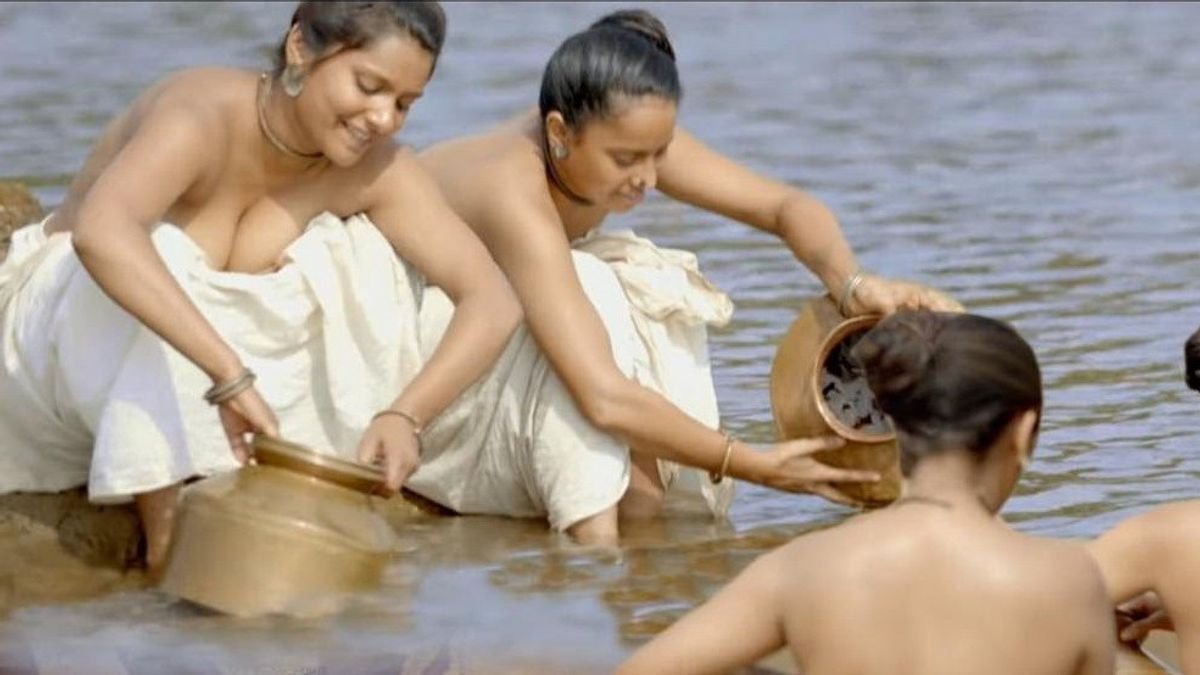
Hindu religion has many casts, and sub casts and here started the discrimination too. Castes primarily were not a symbol for status or a justification for discrimination. Ancient Hinduism had its own way of distributing human resources and labour to various sections of the society. They gave each section of the society a specific task to do. Like Kshatriyas were the warrior class. Their job was to fight for the kingdom. But, as time passed, the actual meaning of a caste tainted .Some egoistic and misguided people of the society treated some jobs as filthy or “untouchable”. The reason behind this was to prove supremacy by one section over another under the excuse that God has created some sections to do the mucky works.
Upper cast men used to summon these women of lower cast to satisfy their lust. Even today, this practice continues in rural areas. Recently a senior police official in Bihar (supposedly upper-caste) was suspended after a viral video showed him receiving a massage inside a police station from a woman who had gone there, reportedly to file a complaint of atrocities. During the 19th century, the King of Travancore announced the payment of breast tax and it was to be paid by the only so called lower caste women within that community. The breast tax was also known as “Mulakkaram”. This was to harass a lower caste woman. In those days, women were treated like objects.
Once the lower caste women attained puberty, the tax would start. It is believed that this practice was put in place to suppress them, particularly people from Ezhava and Nadar. The high caste men were the ones who collected this tax. Caste system was extremely oppressive, and these women could not wear upper garments. A refusal to do so meant that it would charge them to pay for their disobedience. In those days the amount of tax to be paid was determined based on the breast size of each woman. Two primary reasons were largely attributed to the imposition of payment of the breast tax: to insult the lower caste people and burden them with debts that kept them in poverty. Sadly, while the lower caste struggled, the upper class Brahmins and Nairs continued to enjoy prosperity and decency. The era of atrocities always ends with agitation and for that, someone has to stand against the odds.
Nangeli, a lower caste woman from Cherthala, played a vital role in putting the breast tax to an end.First, she could not afford to pay the breast tax because she was from a poor family. She obviously refused to expose her breasts in public places. After hearing of Nangeli’s rebellious acts and that she had refused to pay tax, a tax inspector went to challenge her to stop breaking the law. Although several authorities have reported it contrarily, it is said that when the inspector arrived at Nangeli’s house, she had cut off her breasts as protest against the unjust and hateful caste-based breast tax. Once the officer sighted Nangeli’s severed breasts, which had been put on a leaf, he ran away. Sadly, this incident led to Nangeli’s death as she died from excessive bleeding.
This step, taken by her, led to the succeeding abolition of the breast tax. During Nangeli’s burial, her husband, Chirkundan jumped into the burning pyre of his late wife and ended his life. It remains unclear whether he did this as a form of protest against the breast tax or because he was heartbroken. In their honour, we currently know the place where Nangeli and Chirkundan both died as “Mulachiparambu”, otherwise called “the land of the women’s breast.”
Nangeli’s rebelliousness against oppression is known as a gigantic form of confrontation. Although she is well known as a local legend, history has no record of Nangeli’s act of bravery and the academic has remained largely conflicted about the correct order of events. The revolution continued after Nangeli’s death.
The local rulers and traditionalists didn’t initially agree to the women’s objections because they wanted them to keep moving about bare-chested as a sign of respect and to reflect the caste system. However, this introduced more people to Christianity, more modest standards arose which differed from the initially accepted customs. This influenced many women’s decision to cover their chests. The lower caste communities continued fighting against the unjust tax system till they forced the king to abolish it. To date, it was popularly known women from the Nadar communities to have fought for the right to cover their breasts during the Channar revolt between 1839 to 1859. The breast tax was eventually scrapped in 1924.
Even today, in this 21st century, female get raped, burned killed for the lust of upper cast men. There are hundreds of incidences of protest and agitation, but things have not changed in rural areas. The Caste system has blotted Hindu religion at large.

